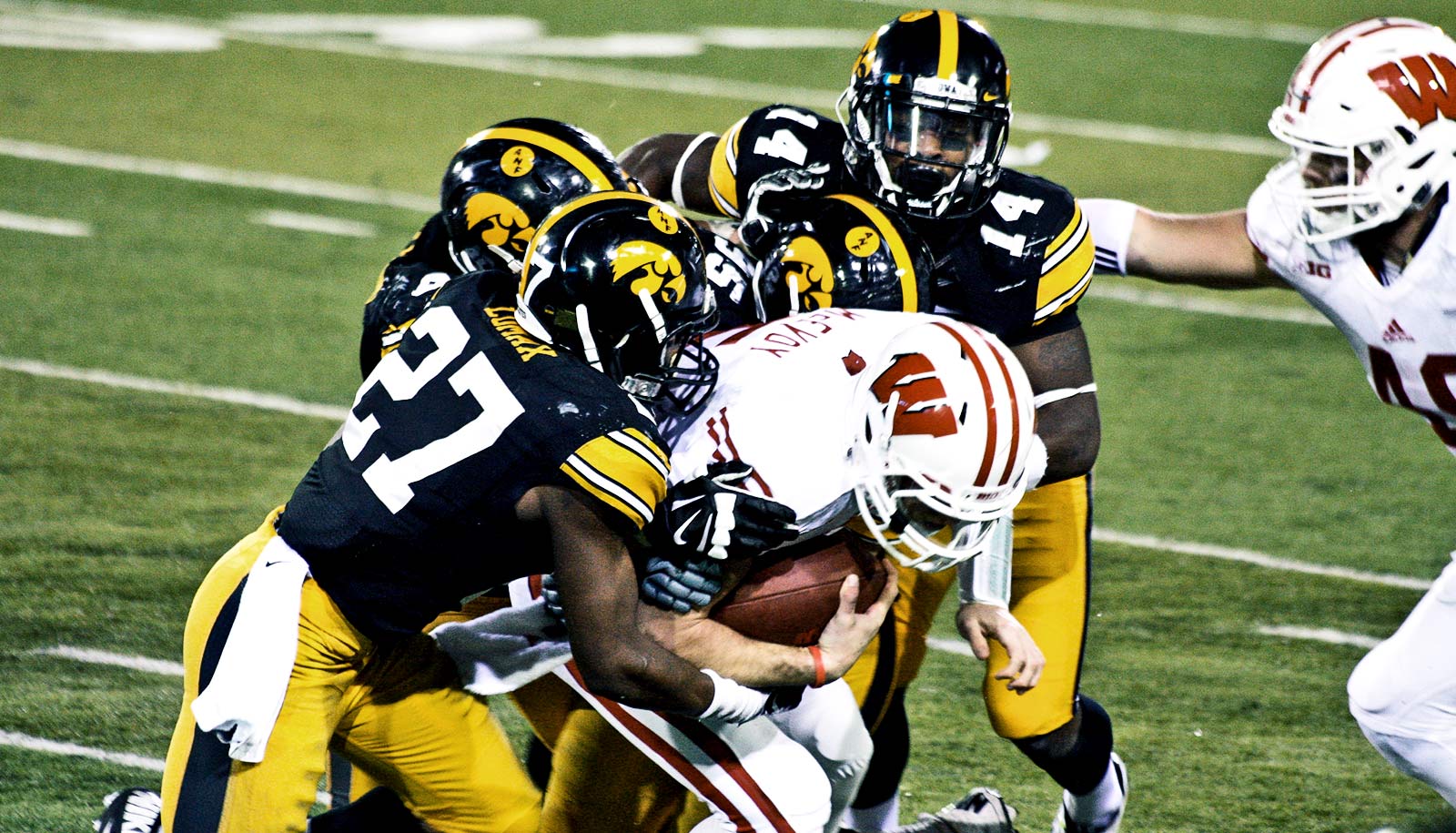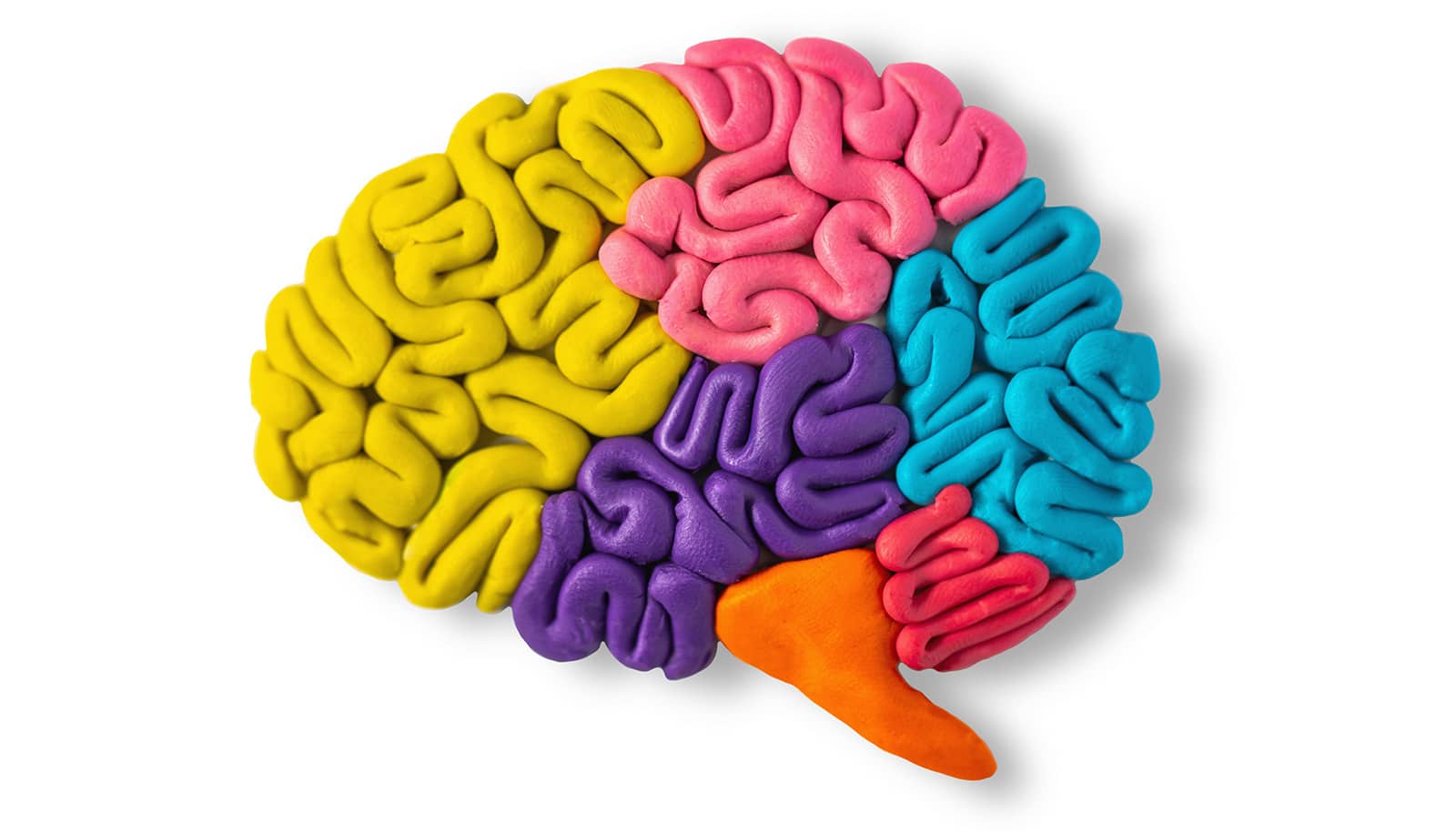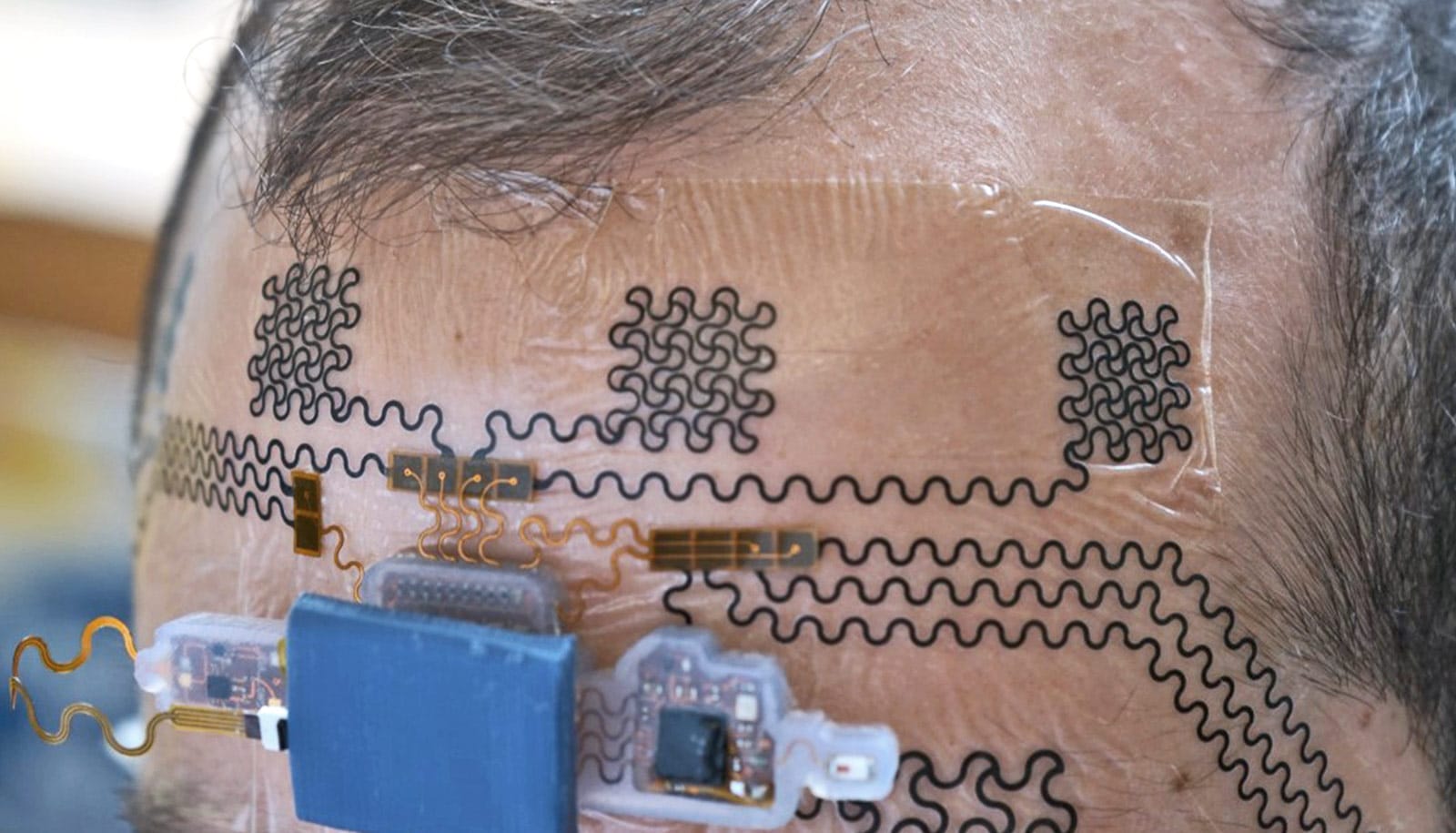A new method uses artificial intelligence to accurately detect brain damage caused by concussions years after the trauma happened.
“With 1.6 to 3.8 million concussions per year in the US alone, the prevalence of this injury is alarming…”
While the short-term effects of head trauma can be devastating, the long-term effects can be equally hard for patients. The symptoms may linger years after the concussion happened. The problem is it is often hard to say whether their symptoms are being caused by a concussion or other factors like another neurological condition or the normal aging process.
The only way to prove the presence of brain damage caused by concussion years after it occurred was through post-mortem examination. A means of diagnosing concussion in living patients, however, remained elusive.
Artificial intelligence in action
The research team recruited former university athletes between the ages of 51 and 75 who played contact sports such as ice hockey and American football. From that group, the researchers formed a cohort of 15 athletes who reported being concussed in their athletic careers, and a control group of 15 athletes who had not been concussed.
The researchers performed a battery of tests on both groups, including neuropsychological testing, genotyping, structural neuroimaging, magnetic resonance spectroscopy, and diffusion weighted imaging. Then, they pooled the data and fed it to computers that use artificial intelligence software to “learn” the differences between the brain of a healthy athlete versus the brain of a previously concussed athlete.
They found that white matter connections between several brain regions of concussed individuals showed abnormal connectivity that might reflect both degeneration and the brain’s method of compensating for damage.
Using the data, the computers were able to detect concussion with up to 90-percent accuracy.
The work, once more thoroughly tested and refined, could have implications for current and future concussion lawsuits.
The National Football League, for example, faced a decade-long lawsuit by former players who claimed it did not do enough to protect them from concussion. The lawsuit was complicated by the fact there was no objective way to determine if the neurological symptoms they experienced were caused by the concussions they received as players.
The National Hockey League is currently facing a similar lawsuit by former players.
Larger sample needed
Sebastien Tremblay, the first author of the paper on the findings, says they need to validate the signature on a larger sample size, using various magnetic resonance imaging (MRI) scanners, before it becomes an effective means to diagnose concussion.
Why a concussion may raise Alzheimer’s risk for some people
When perfected, the signature could also aid treatment of concussion by providing doctors with an accurate picture of what is causing their patients’ symptoms.
The need for such tools is greater than ever. According to the federal government, reported concussions have increased 40 percent between 2004 and 2014 among young football, soccer, and hockey players.
“With 1.6 to 3.8 million concussions per year in the US alone, the prevalence of this injury is alarming,” says Tremblay, a postdoctoral researcher at the Montreal Neurological Institute and Hospital (The Neuro) at McGill University.
“It is unacceptable that no objective tools or techniques yet exist to diagnose them, not to mention the sheer lack of scientifically valid treatment options. With our work, we hope to provide help to the vast population of former athletes who experience neurological issues after retiring from contact sport,” Tremblay says.
“Future studies, including systematic comparisons with patient groups presenting with other age-related neurological conditions, together with identifying new biomarkers of concussion, would help refine the developed, computer-assisted model of the remote effects of concussion on the aging brain,” says Louis de Beaumont, a researcher at Université de Montreal and the paper’s senior author.
This single brain activity might diagnose a concussion
The study’s results appear in the European Journal of Neuroscience. Additional authors of the paper are from Université de Montreal, the Montreal Neurological Institute and Hospital (The Neuro) at McGill University, and the Ludmer Center for NeuroInformatics. The Canadian Institutes of Health Research (CIHR) funded this study.
Source: McGill University



